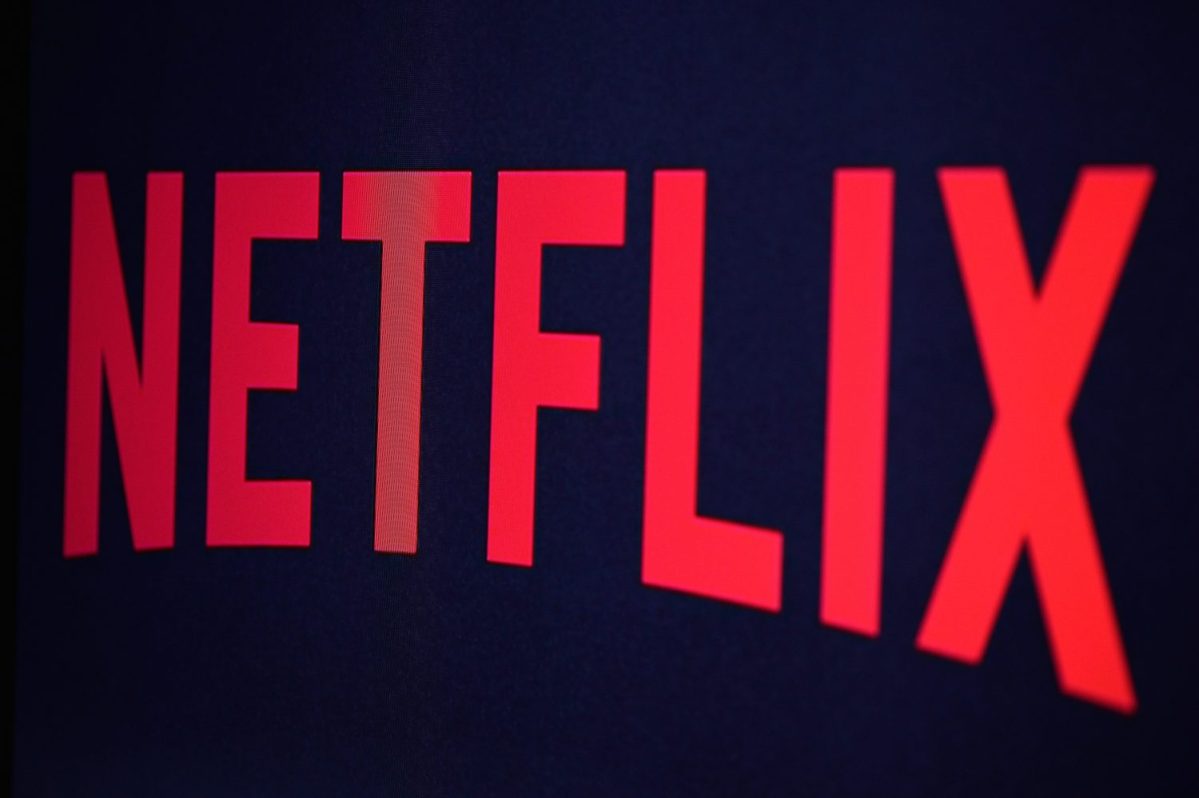Yes, nearly 35 million households have “cut the cord” on cable and about half of all Americans aged 22 to 45 watched zero hours of cable TV last year; all while Netflix’s stock value has shot up 8,300 percent since 2009.
But while all signs have pointed to streaming services being the future of television, Netflix has only changed how we watch shows, not what we watch, as Forbes explains it. Instead of tuning in for reruns of The Office or Friends on their televisions, people are pulling up these exact shows en masse via streaming services. And even though Netflix dominates the distribution of some of the most popular shows that subscribers choose to rerun, their grip is fragile.
It’s exclusive content, however, that’s king. About 20 million people watched the first episode of the last season of HBO’s Game of Thrones — one of the most-watched bits of TV that wasn’t sports-related in TV history.
In response, Netflix spent $12 billion on original programing last year and released 88 percent more content of its own making in 2018 than it did the year before. But to get there, the streaming service has borrowed over $10 billion and now finds itself under a mountain of debt that some believe it will not be able to climb out from under.
This is especially true now that Disney is entering the streaming market with Disney+ and bringing with it all the might of Marvel, Pixar Animations, Star Wars, ESPN, ABC, National Geographic, Modern Family, The Simpsons, all of its classic characters and their films, about 60 percent of Hulu and it’s doing it all for $6.99 per month — about $6 cheaper than Netflix.
Editor’s Note: RealClearLife, a news and lifestyle publisher, is now a part of InsideHook. Together, we’ll be covering current events, pop culture, sports, travel, health and the world.
Thanks for reading InsideHook. Sign up for our daily newsletter and be in the know.


















